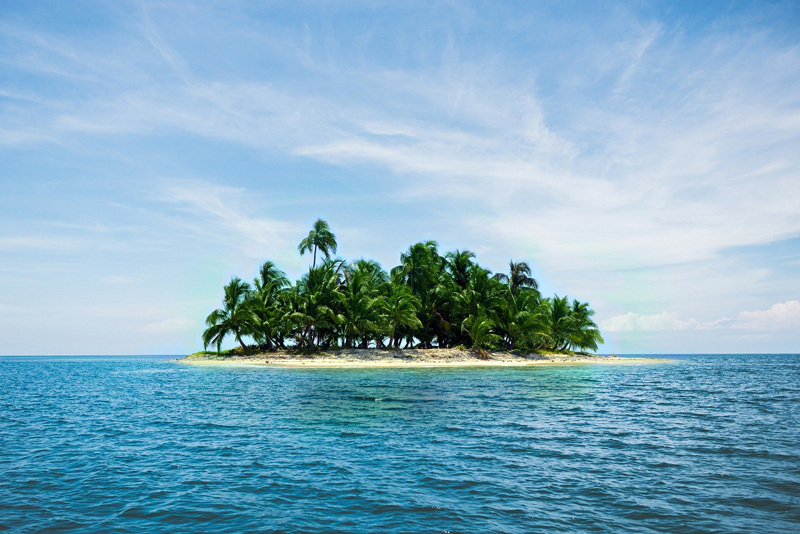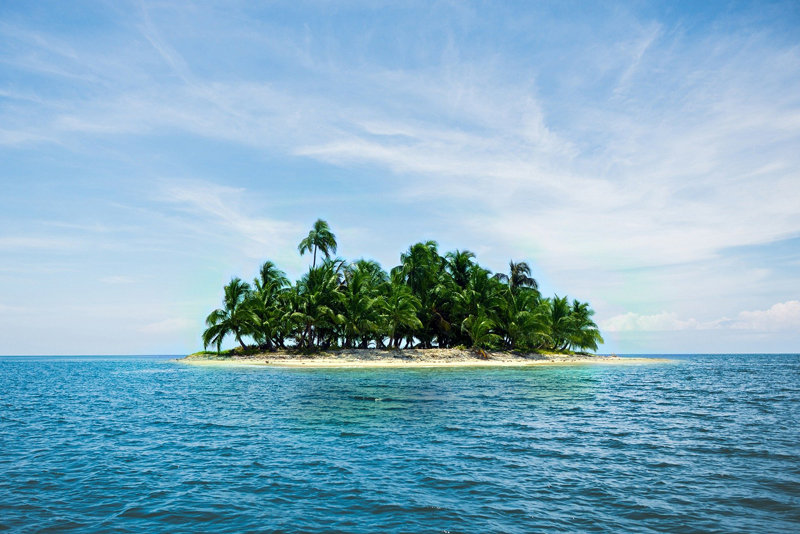Southwest Florida's Islands - For The Birds

Thousands of distinctive White Pelicans return every November to Charlotte Harbor & the Gulf Islands, reprising their role as the area's original "snowbird" and offering visitors an unparalleled and delightful look at
these majestic birds. The birds are such a beloved annual site, that one colony is affectionately known by the locals as "The Placida Social Club" due to the gregarious, colonial nature of the species.
Just like their human counterparts, the birds fly in from cooler
climes - often from as far as Western Canada and the Northwestern
United States - to spend warmer winters in this Southwest Florida
enclave located on the Gulf between Sarasota and Naples.
One of the largest North American birds, with a wingspan as
great as nine-and-a-half feet, the American White Pelican can
weigh up to 30 pounds. Beautifully distinguished from its much
more familiar cousin, the Brown Pelican, the White Pelican's
snowy white plumage, jet-black wing-tips, and huge orangey-yellow
bill and pouch, are a spectacular sight. Almost always in groups,
they fly gracefully in precisely spaced lines or "V" formations.
They congregate on uninhabited Intracoastal Waterway sandbars,
away from development and predators. Instead of dive-fishing,
they simply float on the water and scoop up lunch with an enormous
bill, tipping it to strain out the water, then taking a big gulp.
While Brown Pelicans are solitary feeders, White Pelicans fish
cooperatively, "herding" the fish so that the whole flock can
gorge together. American White Pelicans are highly dependent
upon lakes, wetlands and coastal estuaries throughout their life
cycles. Their populations are increasingly threatened as wetlands
across the United States are drained.
For the most awe-inspiring sightings and photographs, head
to White Pelican Island in Gasparilla Sound, where as many as
2,000 of the birds make their winter home, making it one of the
largest concentrations of White Pelicans in the Southeastern
United States. The viewing is so spectacular here that it's
the favorite location for internationally-acclaimed wildlife
photographers, including Arthur Morris and Klaus Nigge, whose
works have appeared in National Geographic. White Pelican Island,
along with Island Bay National Wildlife Refuge, are off limits
to humans, but both are easily visible by boat.
Additionally, Charlotte Harbor, the Peace and Myakka Rivers
and the surrounding protected estuaries and waterways offer plenty
of other spots to see Pelecanus erythrorhynchos. Hundreds of
White Pelicans have been observed in a feeding frenzy as late
as May at Charlotte Harbor Environmental Center's Alligator Creek
Preserve. Alligator Creek, with plenty of hiking trails and
ponds, is one of seven Charlotte Harbor sites listed on the Great
Florida Birding Trail, which is located along the Florida Gulf
Coast portion of the North American Migratory Flyway. For a
complete listing of choice spots, visit
www.floridabirdingtrail.com/sites_south.htm
White Pelicans are just one of the many migratory bird species
that flock to this pristine natural area each winter. Peak birding
starts in the fall and runs through spring when the population
jumps to more than 190 species as swallows, wading birds, warblers
and other neo-tropical migrants arrive for the winter. Among
the treasured species found here are White and Glossy Ibis, Snowy,
Great and Reddish Egrets, Great Blue and Little Blue Herons,
Roseate Spoonbills, Bald Eagles, Belted Kingfishers, Magnificent
Frigatebirds, Osprey and Brown Pelicans
It's easy for visitors to get out and see the birds, dolphins
and other wildlife at the same time they are enjoying the beaches,
the fishing and the water.
these majestic birds. The birds are such a beloved annual site, that one colony is affectionately known by the locals as "The Placida Social Club" due to the gregarious, colonial nature of the species.
Just like their human counterparts, the birds fly in from cooler
climes - often from as far as Western Canada and the Northwestern
United States - to spend warmer winters in this Southwest Florida
enclave located on the Gulf between Sarasota and Naples.
One of the largest North American birds, with a wingspan as
great as nine-and-a-half feet, the American White Pelican can
weigh up to 30 pounds. Beautifully distinguished from its much
more familiar cousin, the Brown Pelican, the White Pelican's
snowy white plumage, jet-black wing-tips, and huge orangey-yellow
bill and pouch, are a spectacular sight. Almost always in groups,
they fly gracefully in precisely spaced lines or "V" formations.
They congregate on uninhabited Intracoastal Waterway sandbars,
away from development and predators. Instead of dive-fishing,
they simply float on the water and scoop up lunch with an enormous
bill, tipping it to strain out the water, then taking a big gulp.
While Brown Pelicans are solitary feeders, White Pelicans fish
cooperatively, "herding" the fish so that the whole flock can
gorge together. American White Pelicans are highly dependent
upon lakes, wetlands and coastal estuaries throughout their life
cycles. Their populations are increasingly threatened as wetlands
across the United States are drained.
For the most awe-inspiring sightings and photographs, head
to White Pelican Island in Gasparilla Sound, where as many as
2,000 of the birds make their winter home, making it one of the
largest concentrations of White Pelicans in the Southeastern
United States. The viewing is so spectacular here that it's
the favorite location for internationally-acclaimed wildlife
photographers, including Arthur Morris and Klaus Nigge, whose
works have appeared in National Geographic. White Pelican Island,
along with Island Bay National Wildlife Refuge, are off limits
to humans, but both are easily visible by boat.
Additionally, Charlotte Harbor, the Peace and Myakka Rivers
and the surrounding protected estuaries and waterways offer plenty
of other spots to see Pelecanus erythrorhynchos. Hundreds of
White Pelicans have been observed in a feeding frenzy as late
as May at Charlotte Harbor Environmental Center's Alligator Creek
Preserve. Alligator Creek, with plenty of hiking trails and
ponds, is one of seven Charlotte Harbor sites listed on the Great
Florida Birding Trail, which is located along the Florida Gulf
Coast portion of the North American Migratory Flyway. For a
complete listing of choice spots, visit
www.floridabirdingtrail.com/sites_south.htm
White Pelicans are just one of the many migratory bird species
that flock to this pristine natural area each winter. Peak birding
starts in the fall and runs through spring when the population
jumps to more than 190 species as swallows, wading birds, warblers
and other neo-tropical migrants arrive for the winter. Among
the treasured species found here are White and Glossy Ibis, Snowy,
Great and Reddish Egrets, Great Blue and Little Blue Herons,
Roseate Spoonbills, Bald Eagles, Belted Kingfishers, Magnificent
Frigatebirds, Osprey and Brown Pelicans
It's easy for visitors to get out and see the birds, dolphins
and other wildlife at the same time they are enjoying the beaches,
the fishing and the water.

Related Articles
Editor's Picks Articles
Top Ten Articles
Previous Features
Site Map
Content copyright © 2023 by Ann Carroll Burgess. All rights reserved.
This content was written by Ann Carroll Burgess. If you wish to use this content in any manner, you need written permission. Contact Malika Bowling for details.



